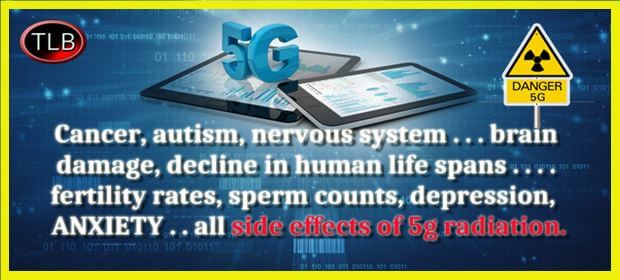This article covers the topic of 5G radiation, which is a non-ionizing form of electromagnetic radiation. Since 5G radiation is tiny, it doesn't possess the capability of breaking the chemical bonds of biological tissues or trigger any alteration to cells. It is not known whether 5G radiation can affect the risk of developing skin cancer, and there is no evidence that has been discovered to suggest that it can cause any other diseases.
Millimeter-wave radiation with high frequency
High-frequency millimeter wave radiation emitted by mobile phones and wireless networks may cause adverse health effects for humans. There are 5g radiation that this radiation can cause harm. In some instances radiation may cause damage to the person's DNA. In other instances, it may cause damage to other areas within the body such as the brain.
Recent research has shown that 5G technology can cause the heating of tissues. In the aftermath, the International Council on Non-Ionizing Radiation Protection (ICNIRP) has called for a review of existing safety standards for biological and thermal radiation. The current standards for exposure don't protect people from excessive heating in the event of exposure to millimeter wave pulses.
Skin cancer risk
There is no definitive answer to the question of whether 5G radiation can cause skin cancer. It is thought that 5G RF-EMFs behave as high-LET ionizing radiations. This means that they can cause excessive levels of free radicals within the skin. The FCC has not yet issued any specific guidelines on the potential dangers associated with 5G technology. The debate on the subject continues.
Although there are a number of studies on the effects of higher-frequency radio waves on the health of humans however, their research has been limited in extent. However, there is concern over the effects of millimeter-wavelength exposure on oxidative stress and gene expression. These effects may extend to the skin and various organs, like the brain.

Influence on other diseases
A new generation of wireless technology, called 5G, is rapidly growing in popularity, but scientists are warning about its potential health hazards. The technology will significantly increase the quantity of electromagnetic radiation that is found in our environment. This issue has led to debates in a variety of countries which includes Switzerland. In September 2017 390 doctors and scientists were in favor of the suspension of 5G technology. The motion was not taken seriously by the European Commission, which is in charge of controlling the use of 5G technology.
Therefore it is necessary to conduct more research to study the health implications of 5G. However research has shown that 5G doesn't cause the same adverse effects on humans as radiofrequency from the older mobile networks. It also does not spread an entirely new strain of coronavirus. In addition it doesn't make people more susceptible to infections caused by viruses.
The measurement of exposure
The measurement of the radiation exposure of 5G is a vital aspect in ensuring the safety of 5G networks. There are two ways to determine exposure. 5g radiation is to measure the RF power absorbed by human tissues. Another involves measuring the quantity of radiofrequency energy released through an object. The term "radiofrequency energy" (RF) can be described as an energy source that comes from radio transmitters.
The United States, the FCC has imposed a restriction on the energy density of mobile devices running 5G. The tests are able to determine power density at just only a few inches. the FCC does not have to measure every beam. However, how much power is generated by each beam can be estimated by computer simulation. The worst-case scenario is then selected based on the design of each beam.
Limitations of the study
There has been a lot of discussion about whether 5G radiation will affect the health of people. For instance, the Swiss authorities, for instance has released a report which concludes that the technology has no adverse health effects in the short term however, there aren't any studies which have shown long-term impacts. But, the report contains a number of problems that include biased reports.
The frequency and power of radio waves that transmit energy will depend on the frequency. The energy that is carried by a millimetre wave will be identical to the frequency of radio waves currently, but they are much smaller in size and more suitable for environments with high density, since they will not be block by walls or glass. 5g radiation -density urban areas would require a large number of small, low-power sites, while suburban areas would be better served by 5G networks that operate at lower frequencies.
